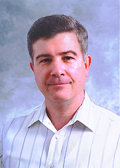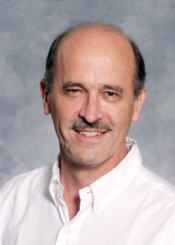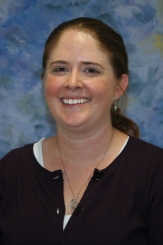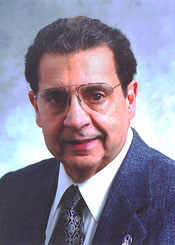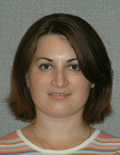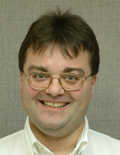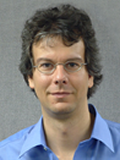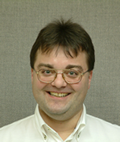2025 Program Listing |
|
|
|
|
|
|
|
|
|
|
|
|
|
|
2024 Program Listing |
|
Neutron stars are remarkable astrophysical objects so dense they lie at the brink of collapsing into black holes. Matter under these extreme conditions has peculiar characteristics governed by a combination of general relativity and quantum physics. To deduce the composition of their exotic interiors, neutron stars can be observed through their electromagnetic, neutrino, and gravitational wave signals. In this talk, I will discuss the physics of neutron stars, what we understand of their properties from theoretical modeling, and what we might learn in the future with more detailed astronomical observations. |
|
|
|
For thousands of years, humans have attempted to explain the motion of the objects in the heavens. These motions are governed by gravity, a force with profound effects on the appearance, evolution, and fate of the cosmos. Over the past century, humans have discovered the most dramatic manifestation of gravity in nature – black holes, punctures in the fabric of space and time that can reveal secrets about deep physics. I will put our species' investigation of gravity into historical and scientific context, before explaining the modern tools, telescopes, and spacecraft that we use to understand the nature of supermassive black holes and their effect on the evolution of the galaxies in which they live.
|
|
Starting with the game Angry Birds, I will discuss the general idea of simulating the physical world around us on a computer and demonstrate how extremely complex phenomena can emerge from simple laws. Then, I will talk about the limitations of simulation due to quantum mechanics and how a quantum computer may help. I will conclude by surveying the current status of building a quantum computer. |
|
The periodic table is one of our greatest scientific accomplishments. Although we associate it with chemistry, it is also a result of the laws of physics. Prof. Folden will discuss the history of the periodic table, how new elements are added to it, and what it might look like in the future. |
|
|
|
Quantum dots, tiny semiconductor particles smaller than a hair's width, can create light of any color and even generate electricity, revolutionizing various technologies such as television, solar cells, and medicine. We'll explore their discovery, development, and 2023 Nobel Prize-recognized impact on our lives. |
2023 Program Listing |
|
|
|
|
|
|
|
|
|
|
|
|
|
|
2022 Program Listing |
|
Astronomical observatories are now able to make precise measurements of the positions and speeds of nearby stars. I will discuss how we can use these measurements to study the properties of our Milky Way Galaxy and the properties of dark matter.
|
|
Much of the material around us - the iron in our blood, the calcium in our bones, the silicon in our computers - was formed in stars. Understanding how nuclear burning processes take place in stars is vital in understanding the evolution of the universe from after the Big Bang to the present day. Laboratory experiments of the nuclear reactions taking place in stars are a necessity in understanding the evolution of the universe.
|
|
A review of the numbers, masses, sizes, and orbits of planets known around other stars and description of current research aimed at more detailed characterization of exoplanet atmospheres, formation, and histories. |
|
We discuss different approaches to energy production including wind, solar and geothermal. Recent results on energy production from fusion using Tokamak, lasers and muonic fusion are also addressed. A comparison to energy production from fission power plants, including risks, is also discussed. |
|
Biophotonics is a field exploring the interaction between light and biological objects such as sub-cellular structures and molecules in living organisms. Biophotonics research leads to applications in agriculture & life sciences and produces tools for medical diagnostics and therapies. Working in this general field, we have used plasmonic nano-antennas to demonstrate an ultrasensitive spectroscopic technique for nano-scale probing and imaging of DNA, RNA, and viruses.
|
|
March 5th: "Quantum Computing" , Professor Ivan Borzenets Learn about nanomaterials and how they are used in the developement of quantum computers.
|
|
The last 100 years has been the era of major discoveries about how the world around us has came about, from the Big Bang to modern days. One of the major technological advances that allowed the exploration of the origins of matter and the early universe evolution has been due to the particle accelerators, and later colliders. We will walk over the history of these discoveries and the accelerators behind them, from early cyclotrons to the current world energy frontier, the Large Hadron Collider.
|
2020 Program Listing |
|
|
|
|
|
|
|
|
|
|
|
|
|
|
2019 Program Listing |
|
The stars in the night sky and the elements in the periodic table are common fixtures in everyday life. But have you ever wondered what makes the stars shine, and where those elements come from? It turns out these two questions are very closely linked - by the series of nuclear reactions that generate energy in stars, and which are responsible for forming the elements heavier than hydrogen. In this talk, I will give an introduction to these nuclear reactions, discussing how they fuel stellar burning and element formation. I will also discuss how scientists identify the most important reactions, and how we study them experimentally using particle accelerators After the break: Mechanics with demos
|
|
Before the invention of the telescope how did astronomers make measurements? By using their eyes and applying their knowledge of geometry. We will show how to measure your latitude, determine the circumference of the Earth, the eccentricity of the Moon's orbit, the distance to the Moon, and we will analyze the orbit of Mars - all without a telescope. After the break: Measurements with a Gnomon.
|
|
Gravity is the only force we are aware of in daily life, yet there are three other much-stronger forces in nature, which are essential to our existence. The so-called "weak force" is the weirdest of them all, since it can change one sub-atomic particle into another, and it also differs from its own mirror image. We are now exploring the limits of its weirdness. After the break: Guided tours of the Cyclotron Institute.
|
|
A major achievement in the field of extragalactic astronomy over the past 15 years has been the detection of supermassive black holes, weighing a million solar masses or more, at the centers of nearby galaxies. Although the black hole's gravitational influence is limited to a very small region at the center of the galaxy, the black hole mass has been found to be strongly related to the properties of the larger host galaxy, suggesting that the growth of black holes and galaxies are closely tied together. To date, the empirical relations linking black holes to their host galaxies are composed of about 100 black hole mass measurements, which are most often made by observing the motions of stars or gas. In spite of the impressive number of observations, there still remain major open questions. In this talk, I will discuss how we detect supermassive black holes and how additional measurements will help us gain a deeper understanding of the interplay between black holes and galaxies.
After the break: February 9 is Aggieland Saturday. We encourage all participants to join the College of Science presentations in MPHY 203/204/205 following our lecture and quiz. Dr. Tatiana Erukhimova and her team will present the Physics Show, followed by the Chemistry Road Show around noon.
|
|
The dramatic recent developments of modern electronics are based on a number of significant discoveries in fundamental physics. This includes the semiconductor microdevices that appear in smart-phones and myriad other devices that affect our daily lives. In this talk I will describe some of the essential properties that make these devices work, including an introduction to some of the quantum mechanics principles underlying their design. I will give a brief overview of a few of the properties of semiconductors that contribute to their successful use in such applications as smart phones, and then I will also discuss the interaction of light with electrons in semiconductors. The operation semiconductor lasers, as well as that of solar cells, relies on such interactions. I will discuss some of the recent developments in devices for solar-power applications. I will conclude with a discussion of thermoelectric devices, which like solar cells are semiconductor devices used for clean energy applications, and I will discuss ongoing research at Texas A&M to improve these devices.
After the break: DEEP: Discover, Explore and Enjoy Physics
|
|
Of the quantum world, John Wheeler said: “If you are not completely confused by quantum mechanics, you do not understand it.” Niels Bohr said: “Those who are not shocked when they first come across quantum theory cannot possibly have understood it.” Indeed the crazy wave-particle duality of quantum particles is a case in point. The fact that knowledge of the particle’s quantum state is the key is another strange feature of the quantum. But these strange features can and do help us to accomplish miraculous things, e.g., the quantum computer which will be “billions” of times faster than its classical counterpart.
After the break: Hands-on demonstrations of basic electromagnetism. We also offer a limited number of tours of the Cyclotron Institute for those who missed the previous tours. Minors need a permission slip signed by a parent or guardian. A downloadable permission slip can be foundhere.
|
|
This talk will address the current understanding of the very early universe, before it was one second old. In this early universe, there might have been a particle that still continues to exist today and forms the origin of dark matter. Dark matter makes about 25 percent of the present universe and is about 85 percent of matter. I will discuss the particle origin of dark matter which is yet to be established. After the lecture:We will award certificates to all participants who attended at least 5 events. The award ceremony starts immediately after the lecture. The program will conclude around 11.20 am
|
2018 Program Listing |
|
Scientists have entered a golden age of discovery. We are starting to be able to answer some of the most exciting questions ever asked, including questions that touch on the Big Bang, the fundamental building blocks of nature, and the Dark Matter that fills the Universe. In this talk I will talk about Astronomy, Cosmology, Particle Physics and The Universe and the reasons to think that the biggest things in the Universe (like the Universe itself) and the smallest things (like quarks and electrons) are inextricably linked. Indeed, many of us believe there is a new, fundamental particle just around the corner waiting to be discovered that could all these things together |
|
I'll discuss some cooking techniques from the physicist point of view similar to what was done in Harvard course "Cooking with science". See e.g. https://www.youtube.com/watch?v=JiIEEkCmXAU The main focus will be modern "Molecular Cousine". I'll show so-called spherification technique live. More information in my website http://cooking.physics.tamu.edu/index.html |
|
We transform Energy to run all of the technology of our civilization. Today Physics is revolutionizing the forms of energy that we tap to make our civilization cleaner, more efficient, and sustainable into the future. I will give some examples for solar, wind, and nuclear energy. |
|
In The Hitchhiker’s Guide to the Galaxy, by Douglas Adams, the Answer to the Ultimate Question of Life, the Universe, and Everything is found to be 42—but the meaning of this is left open to interpretation. We take it to mean that there are 42 fundamental questions which must be answered on the road to full enlightenment, and we attempt a first draft (or personal selection) of these ultimate questions, on topics ranging from the cosmological constant and origin of the Universe to the origin of life and consciousness. |
|
Neutron stars are remarkable astrophysical objects so dense they lie just at the brink of collapsing into black holes. While a neutron star typically contains more mass than the Sun, four of them would fit comfortably within the area of Brazos county. Matter under these extreme conditions has peculiar characteristics governed largely by the laws of quantum physics. And unlike the case of black holes, astronomers can devise clever ways of observing neutron stars in order to deduce the composition of their exotic interiors. In this talk I will discuss the physics of neutron stars, what we understand of their properties from theoretical modeling, and what we might learn in the future with more detailed astronomical observations. |
|
The proton is not an elementary point particle. It is a complex object made of more fundamental particles, quarks and gluons. However, we still donít understand the way quarks and gluons bind together to form the proton. In this talk, we will look inside the proton to see how these constituents come together to provide one of its fundamental properties, its spin. |
|
Quantum mechanics been around over 100 year, but still many people feel they do not understand it. Been built upon rather simple principles it lead to conclusions not only ordinary people, but even some distinguished scientist cannot accept. In my lecture I will briefly describe main principles of quantum mechanics and show link between sometimes strange quantum and classical world surrounding us. We will discuss Schrodinger cats and entanglement, superposition and tunneling and how it happens that we do see all of it in our normal life. Or maybe we do, just do not know what we look for? |
2016 Program Listing |
|
|
|
|
|
|
|
|
|
|
|
|
|
|
2015 Program Listing
|
|
|
|
|
|
|
|
|
|
|
|
|
|
|
2014 Program Listing |
|
|
|
|
|
|
|
|
|
|
|
|
|
|
2013 Program Listing |
|
|
The Standard Model of Particle Physics has been very successful in describing the physical world around us. All the particles predicted by this model have been experimentally observed one after the other. The last hold out had been the Higgs Boson but this too was finally observed at the Large Hadron Collider last summer. Our story will document the long and exciting journey which led to the discovery of the Higgs Boson.
|
|
|
|
|
|
|
|
|
|
|
2012 Program Listing |
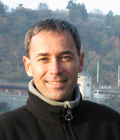
January 28th: "Spintronics: From Basic Science to Technology Revolution", Professor Jairo Sinova |
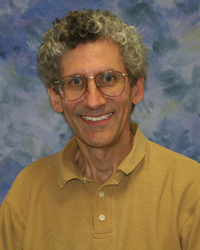
February 4th: "What makes the Proton Spin? " , Professor Carl Gagliardi |
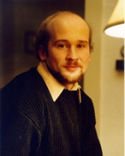
February 11th: "New Magnetic States on Nanoscale Map", Professor Igor Roshchin |
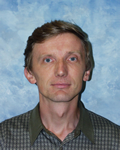
February 25th: "Nanostructures: a LEGO Box for Physicists", Professor Alexey Belyanin |
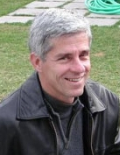
March 3rd: "The first 3 Rungs of the Cosmological Distance Ladder", Professor Kevin Krisciunas |

March 24th: "The Age of the Universe and Dark Energy" , Professor Lucas Macri |
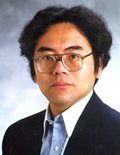 March
31st: "What's the Matter? Dark Matter!", Professor Teruki Kamon March
31st: "What's the Matter? Dark Matter!", Professor Teruki KamonVarious astronomical measurements reveal a very mysterious form in the universe, called dark matter. The word "dark" is because we cannot see it by any telescopes. But its existence can be inferred from gravitational effects. It is known that 23% of the universe is made of the dark matter. Modern theories of particle physics attempt to describe the universe and predict a new particle for the dark matter. The dark matter particles have not yet been detected experimentally. The world's most powerful proton accelerator, the Large Hadron Collider (LHC), will soon provide millions of millions of proton-proton (pp) collisions. So then, such dark matter particles could be created in the collisions. We will relate phenomena at a gigantic scale in the universe to the pp collisions at a very small scale (much smaller than a hydrogen atom) and explain why we want to probe the dark matter world. Then we describe how possibly one can discover the dark matter using the LHC data. This will be the beginning of a long journey to understand the interconnection between particle physics and cosmology. |
2011 Program Listing |

January 29th: "Realtivity versus Common Sense", Professor Ricardo Eusebi |
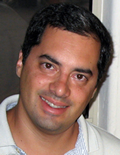
February 5th: "The Age of the Universe and Dark Energy
" , Professor Lucas
Macri |

February 12th: "The ABC of Atomic Nuclei: The Modern Alchemist?", Professor Che-Ming Ko |
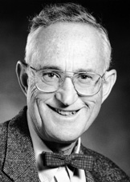
February 19th: "The Magic of Superfluids", Professor David Lee |
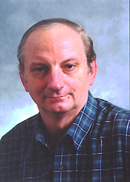
February
26th: "Determinism, Einstein and Quantum Mechanics", Professor Edward Fry |

March 5th: "Energy for the Future?" , Dr. Aldo Bonasera |
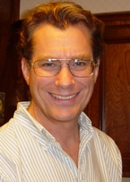
March
26th: "From Slow LIght to FAST CARS", Professor George Welch |
2010 Program Listing |

January 23: "Nuclear Science and Society", Professor Cody Folden |

January 30: "Particle Accelerators and Detectors: A Household Survey", Professor Carl Gagliardi |

February 6: "What Do We Know about how Stars Evolve?",Professor Robert Tribble |

February 13: "How to Form the Most Massive Galaxies in the Universe", Professor Kim-Vy Tran |
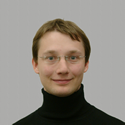
February
20: "The Primordial Liquid and a Rubber Band at a Trillion Degrees", Dr. Felix Riek |

February 27: "The Art and Science of Magnetism at Nanoscale", Professor Igor V. Roshchin Unique properties of nanostructured magnetic materials provide high potential for variety of applications, including biochemical and biomedical ones, such as sensors and methods for cancer treatment. After discussing the state of the art in the nanoscale magnetism, I will talk about the challenges that the researchers are facing in developing future technologies and devices. Examples of the work done at Texas A&M University will be presented.
|

March
6: "Physics in the Information Age", Professor Alexey Belyanin |
2009 Program Listing |
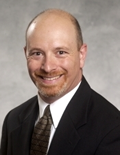
January 24: "LHC: The 9 Billion Dollar Window to the Universe", Professor Dave Toback |

January 31: "The Heaviest Elements in the Universe", Professor Cody Folden |

February 14: "Dark Matter" , Professor Rupak Mahapatra |
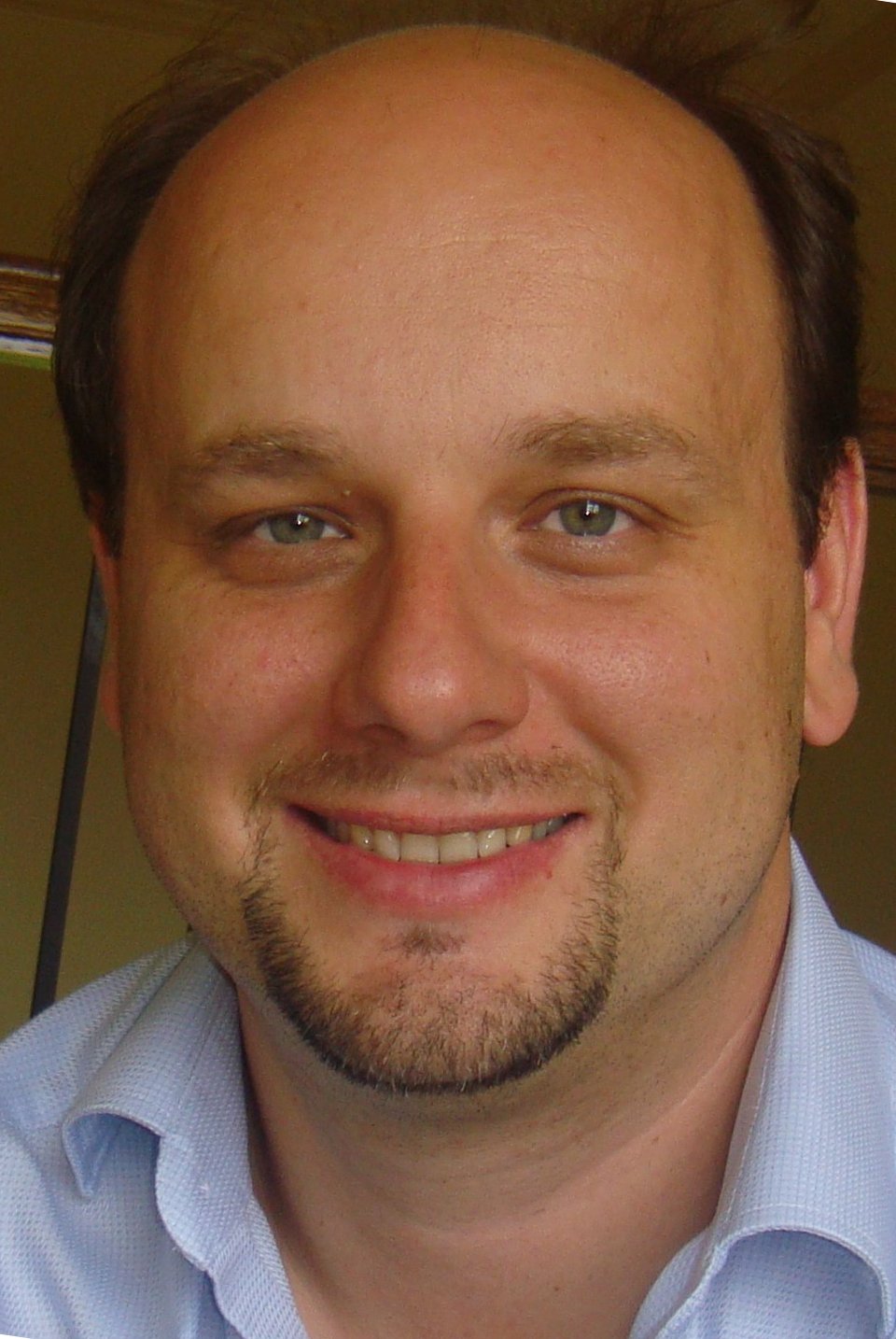
February 21: "Quarks, Gluons and Co.: Meet the Quirky Inhabitants of the Atomic Nucleus", Professor Rainer Fries |
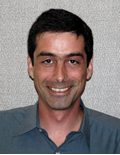
February
28: "Symmetries in Nature: A Glimpse into the Beauty and Art of Science" , Professor Dan Melconian |

March
7: "The Age of the Universe and Dark Energy" , Professor Lucas Macri |

March
28: "Fun with String Theory", Professor Melanie Becker |
2008 Program Listing |
|
Though gravity is the only force most of us experience in our daily life, it is by far the weakest of the four fundamental forces identified in nature. In spite of its name, the "weak force" is actually much stronger than gravity and is the most extraordinary force of them all. It is the only force that does not merely act between a pair of participants; it actually changes the identity of those participants and is thus responsible for the most common types of radioactive decay. It is also the only force that does not form a true image when reflected in a mirror. This is a force that dances to a different tune than all the others. "Just how different is it?" is a question that many physicists are now asking. |
Various astronomical measurements reveal a very mysterious form in the universe, called dark matter. The word "dark" is because we cannot see it by any telescopes. But its existence can be inferred from gravitational effects. Modern theories of particle physics attempt to describe the universe and predict a new particle for this matter. The dark matter particles (or dark particles in this lecture) have not yet been detected experimentally. In 2008, the world's most powerful proton accelerator, the Large Hadron Collider (LHC), will operate and provide millions of millions of proton-proton (pp) collisions. So then, such dark particles could be created in the collisions. As one of many dark particle hunters, I will relate phenomena at a gigantic scale in the universe to the pp collisions at a very small scale (much smaller than a hydrogen atom); and explain how possibly one can measure the mass of the dark particle at the LHC. This will be the beginning of a long journey to understand the dark matter. |
Double stars are very common in the universe, and a very common end state for a star (such as the Sun) is to become a white dwarf star. If a double star consists of a white dwarf and a nearby star that is much larger, then gas can flow from the larger star onto the white dwarf, eventually causing it to explode with the energy of several billion Suns. These "white dwarf supernovae" are like light bulbs of known brightness, only they are so bright that we can see them halfway across the observeable universe. We can use them to determine distances to the galaxies where they exploded. This has allowed us to discover that the universe is expanding and also accelerating in its expansion. The universe does not have enough gravitational energy to put the brakes on this acceleration, so it looks like the universe will expand forever. |
Although the world we live in is varied and complex, it is actually made up of only a limited number of chemical elements. We know today that only 90 such elements exist naturally on Earth. The origin of these elements is a longstanding scientific problem that requires close collaboration between nuclear and astro-physicists. In this lecture, we address questions like: Why does gold cost so much more than iron? or, more profoundly: Where do the chemical building blocks of humankind come from? To investigate such questions, two possible scenarios responsible for the origin of the chemical elements (the Big Bang and nucleosynthesis within stars) are discussed. We shall find out that the stars are fascinating "cooking pots" of the Universe, and, concerning our origin, we are made of stardust! The iron in our blood, the calcium in our bones, etc., were all forged in stars. |
According to the known laws of physics, Neutron Stars are the densest objects in the universe besides Black Holes. They have a mass of about 1.4 to 2 times the mass of our sun but a radius of only ~10 miles. The corresponding densities are therefore expected to exceed those at the center of heavy atomic nuclei (around 300000000000000000 kg/m^3, that is, almost 15 orders of magnitude larger than water!). In this lecture we discuss the physical models which describe the formation of a neutron star, the exotic forms of matter contained in neutron stars and how we can check these models by astronomical observations. |
The proton, and its unstable cousin, the neutron, are elementary particles which are of fundamental importance in our universe. They are responsible for the fact that we find 92 different chemical elements in nature, from hydrogen to uranium, and 99.9% of the mass of any object you weigh in your hand comes from the protons and neutrons inside. More than 30 years ago it was discovered that they are not 'elementary' at all, but made from smaller constituents called quarks and gluons. This lecture invites you to come on a journey inside a proton and to look over the shoulder of scientists trying to unravel its structure. |
2007 Program Listing |
|
The concept of an atom was first discussed by philosophers in ancient Greece more than 2000 years ago. Modern technology has long enabled us to see, use and manipulate atoms. But atoms are not the smalles units in nature. They are built from even tinier particles. Nowadays scientists all over the world are searching for the most fundamental building blocks of nature and for the forces that hold them together. We discuss the particles and forces known to us today and we take a look at some of the huge machines that are necessary to discover new ones. |
Nuclear and particle physicists use a broad range of acceleration and detection tools in their work. All you need to do is walk around your home to see many of these tools and the tricks that make them useful. We'll take that walk together. |
Sixty miles away from New York City, scientists from around the world constructed a large accelerator (2.4 miles in circumference), the so-called Relativistic Heavy Ion Collider, RHIC, at Brookhaven National Laboratory. RHIC accelerates heavy atomic nuclei to almost the speed of light and then smashes them into each other. The scientists' goal is to create matter as hot as a million suns! It is believed to have existed in the early universe, a few microseconds after the Big Bang. These tiny blobs of fundamental matter "cook" in the laboratory only for a small fraction of a second, so scientists must develop special probes to gain an understanding of the properties of this matter. A promising probe is the so-called J/Psi particle, a heavy subatomic particle which is particularly sensitive to changes in the produced medium of the nucleus+nucleus collision. We will discuss how the J/psi and similar ``elephants" may help us to discover exciting properties of this novel, ultra-hot form of presumably liquid matter. |
From ancient times on men have been wondering where the mass of matter originates from. Only within the last 30 years or so, physicists have discovered that most of the mass is generated by the strong nuclear force which acts between almost massless (light) quarks. The light quarks, however, assemble into massive protons and neutrons, which form atomic nuclei, the building blocks of every-day life matter. Quantum Chromodynamics, the modern theory of the strong interaction predicts that the "strong" force is so powerful that it rearranges the vacuum from an "empty void" into a dense "background". It is the "dense vacuum" which is believed to be at the origin of mass. At the Relativistic Heavy Ion Collider (RHIC) on Long Island (NY), physicists try to "evaporate" the QCD vacuum by smashing together heavy nuclei at the highest available energies. Within the resulting ultrahot matter, the strong force is expected to become weaker, leading to dramatic changes in the particles' masses. We will discuss how these experiments can be used to answer an ancient question. |
Black holes are probably the most mind-boggling objects in the Universe. There are good reasons to think they exist, although direct proof is still lacking. Moreover, it is even not clear what would qualify as a direct observation of an object from which nothing can escape, even light. In this lecture we attempt a crazy plunge into a black hole and observe weird effects due to curved geometry of space and time. After miraculous safe return, we will collect observational evidence for the existence of black holes and identify best black-hole candidates among known objects on the sky. |
What the universe is made of has always been a fascinating question. It is only during the last few years that we have come to know that universe is mostly made out of dark matter and energy. Currently, we have several queries. What are these dark stuffs? Do we know their origin? How can we describe them? Was the universe always like this? |
2006 Program Listing |
|
Although the atomic nucleus was discovered by Rutherford almost one hundred years ago, advances in the understanding of the structure and properties of nuclei continue to lead to new perspectives. With the advent of accelerators that allow nuclear collisions at relativistic energies and with rare isotopes, nuclear physics is again expanding into new frontiers, which will allow a deeper understanding of how matter was formed from the primordial quark-gluon plasma during the evolution of the early universe and how known elements are produced through nucleosynthesis in stars. In this talk, an overview of the history of nuclear physics and the properties of atomic nuclei as well as practical applications of nuclear science will be presented. |
Though gravity is the only force most of us experience in our daily life, it is by far the weakest of the four fundamental forces identified in nature. In spite of its name, the "weak force" is actually much stronger than gravity and is the most extraordinary force of them all. It is the only force that does not merely act between a pair of participants; it actually changes the identity of those participants and is thus responsible for the most common types of radioactive decay. It is also the only force that does not form a true image when reflected in a mirror. This is a force that dances to a different tune than all the others. "Just how different is it?" is a question that many physicists are now asking. |
The origin of the mass of the objects around us has always been a fascinating problem. Only within the past couple of decades have we gained deeper insights, including the notion that mass is actually "dynamically generated" through interactions between the elementary particles (the "quarks") that make up nucleons and atomic nuclei. It furthermore implies that the vacuum is not at all empty! |
Nuclear
and particle physicists use a broad range of acceleration and detection
tools in their work. All you need to do is walk around your home to
see many of these tools and the tricks that make them useful. We'll |
Nuclear physicists from around the world are working together at the particle collider at Brookhaven National Laboratory to observe what happens to atomic nuclei at extreme temperatures and densities. By colliding heavy ions, such as gold nuclei, at very high energies, the goal is to recreate the conditions present in the universe directly after the Big Bang, with the ultimate goal of understanding what holds matter together. |
Tracing back the history of the universe is one of the greatest intellectual challenges to mankind. As we have now learned, it requires forefront knowledge of particle physics, nuclear physics and cosmology, and their relations. New astronomical observationsindicate that, despite the great success in understanding the ultimate building blocks of ordinary matter, the major fraction of the "matter content of the universe" is still a wide open question! |


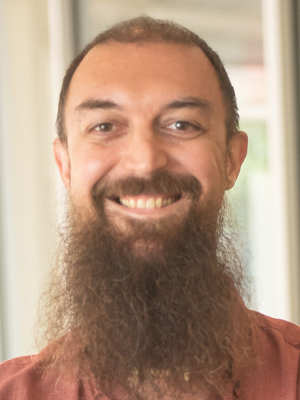
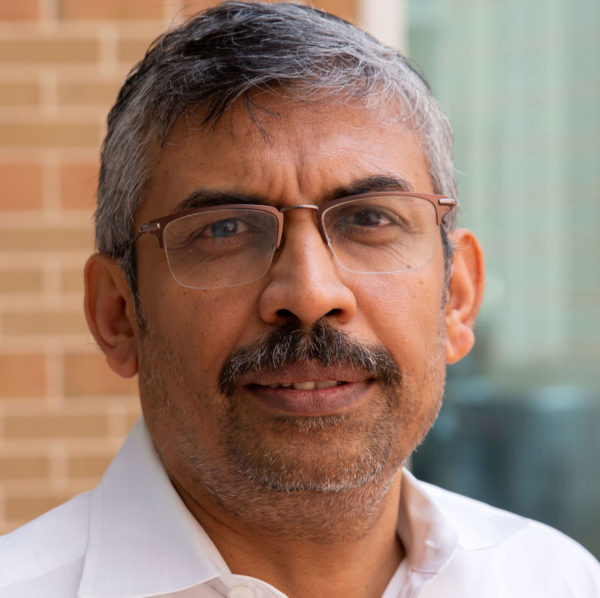 February 8th: "Dark Matter and the Early Universe: Unraveling Cosmic Mysteries", Dr. Bhaskar Dutta
February 8th: "Dark Matter and the Early Universe: Unraveling Cosmic Mysteries", Dr. Bhaskar Dutta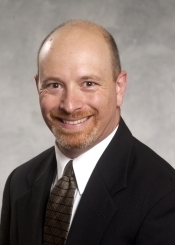 February 15th: "Dark Matter and Quantum Computing", Dr. Dave Toback
February 15th: "Dark Matter and Quantum Computing", Dr. Dave Toback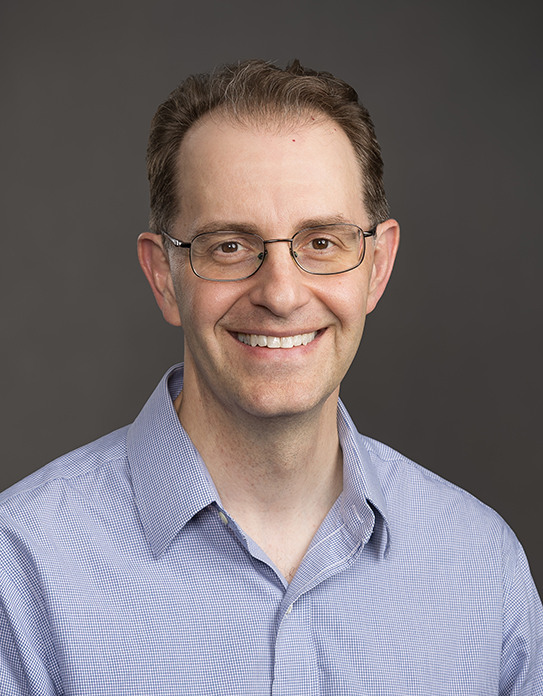 February 22nd: "How the James Webb Space Telescope
and Other Observations See the Universe
", Dr. Kevin Huffenberger
February 22nd: "How the James Webb Space Telescope
and Other Observations See the Universe
", Dr. Kevin Huffenberger March 1st: "The Beauty of Chaos: Understanding Order in Disorder" , Dr. Shenglong Xu
March 1st: "The Beauty of Chaos: Understanding Order in Disorder" , Dr. Shenglong Xu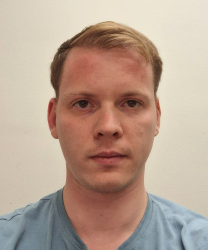 March
8th: "Neutron Stars as a Laboratory
for Physics", Dr. Konstantin Maslov
March
8th: "Neutron Stars as a Laboratory
for Physics", Dr. Konstantin Maslov 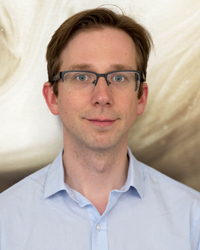

 February 10th: "Centuries of Gravity: How We Learned to Read Light and Study Black Holes", Professor Krista Smith
February 10th: "Centuries of Gravity: How We Learned to Read Light and Study Black Holes", Professor Krista Smith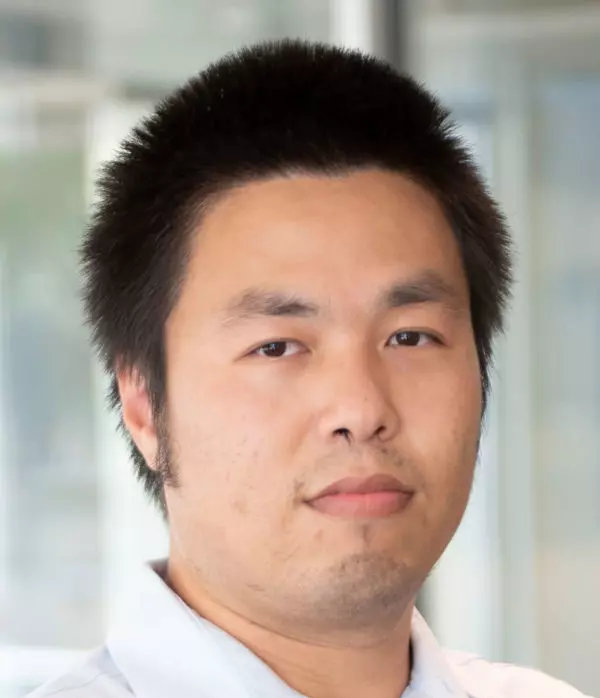 February 17th: "Simulating Physics on a Computer: from Simple Rules to Complex Phenomena", Professor Shenglong Xu
February 17th: "Simulating Physics on a Computer: from Simple Rules to Complex Phenomena", Professor Shenglong Xu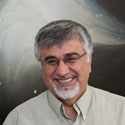 March 2nd: "What is String Theory?" , Professor Ergin Sezgin
March 2nd: "What is String Theory?" , Professor Ergin Sezgin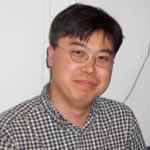 March
9th: "Quantum Dots: Nanostructure generating light and charges, Professor Dong Hee Son
March
9th: "Quantum Dots: Nanostructure generating light and charges, Professor Dong Hee Son 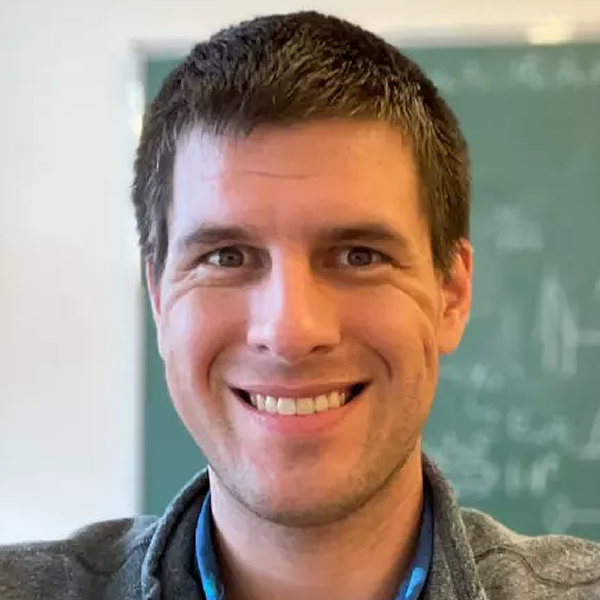

 February 11th: "Seeing back in time with the Hubble and James Webb Space Telescopes", Professor Casey Papovich
February 11th: "Seeing back in time with the Hubble and James Webb Space Telescopes", Professor Casey Papovich February 18th: "The Origin of Elements", Professor Grigory Rogachev
February 18th: "The Origin of Elements", Professor Grigory Rogachev February 25th: "Using the Nucleus to Probe Fundamental Properties of our Universe", Professor Dan Melconian
February 25th: "Using the Nucleus to Probe Fundamental Properties of our Universe", Professor Dan Melconian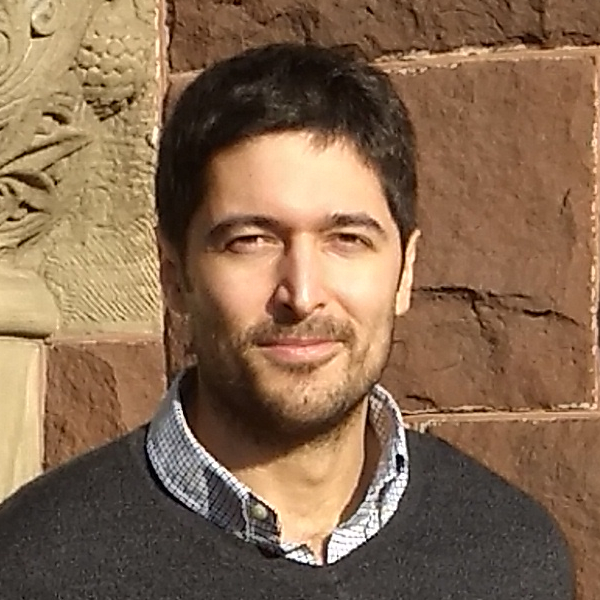 March 4th: "Pattern Formation in Complex Sytems" , Professor Joaquin Rodriguez-Nieva
March 4th: "Pattern Formation in Complex Sytems" , Professor Joaquin Rodriguez-Nieva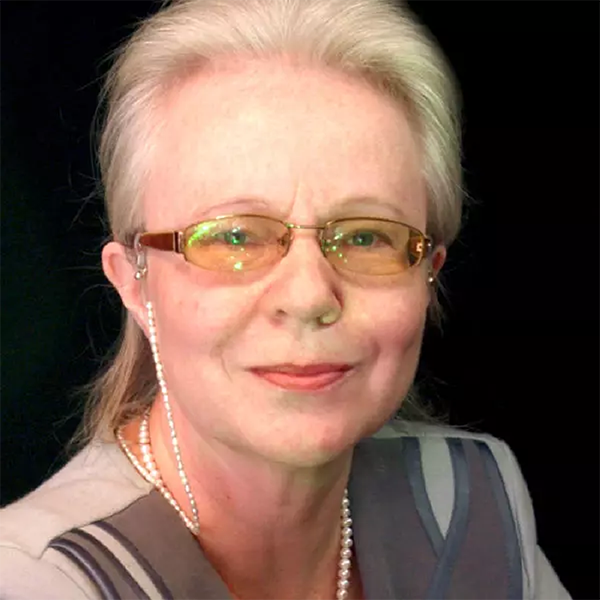 March
11th: "Nuclear Clock and Quantum Optics", Professor Olga Kocharovskaya
March
11th: "Nuclear Clock and Quantum Optics", Professor Olga Kocharovskaya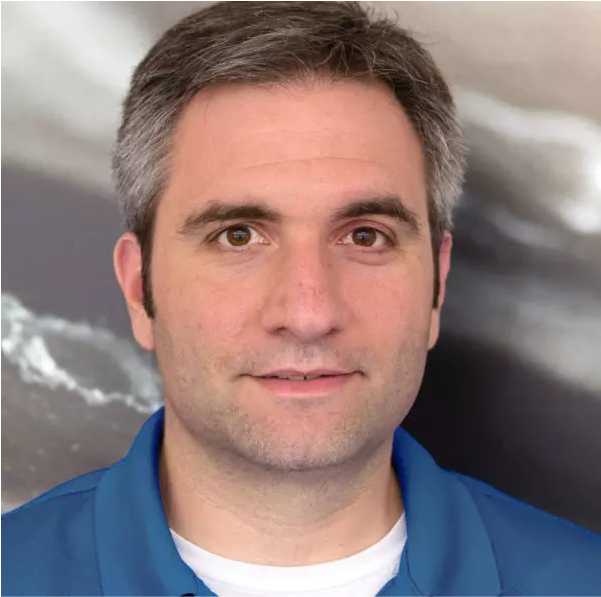
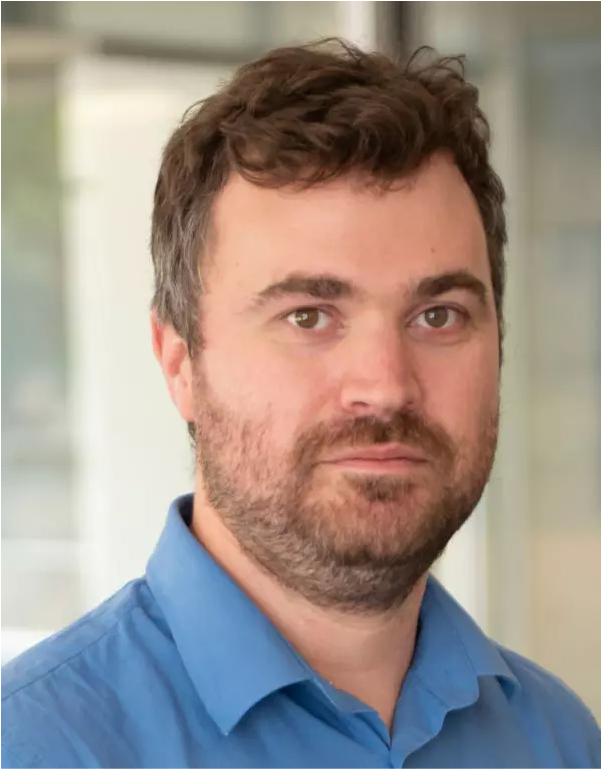
 February 12th: "Planets around other Stars", Professor Darren Depoy
February 12th: "Planets around other Stars", Professor Darren Depoy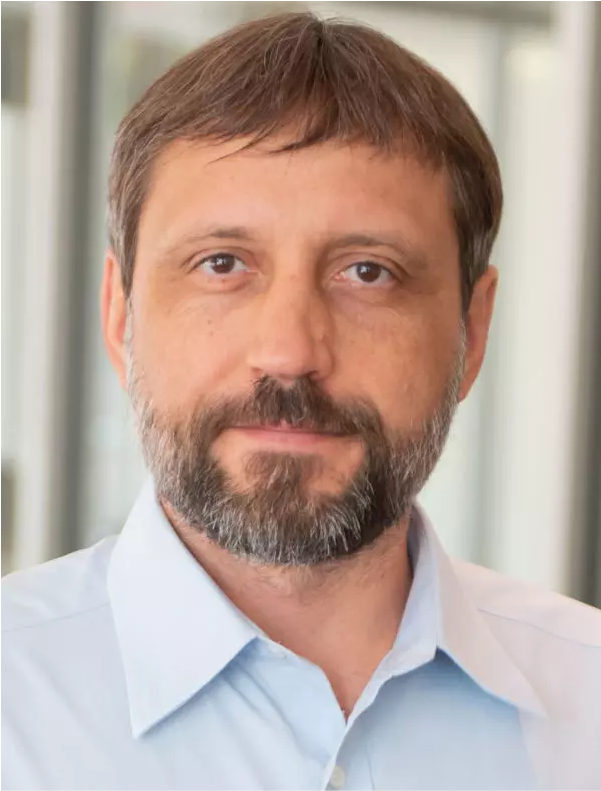 February 26th: "Laser Tools for Biophotonics", Professor Alexei Sokolov
February 26th: "Laser Tools for Biophotonics", Professor Alexei Sokolov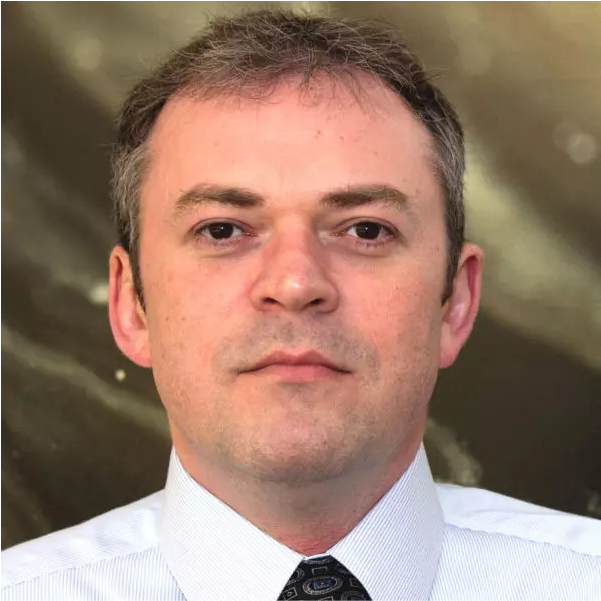 March
12th: "Discovering Early Universe with Particle Accelerators, Proffessor Alexei Safonov
March
12th: "Discovering Early Universe with Particle Accelerators, Proffessor Alexei Safonov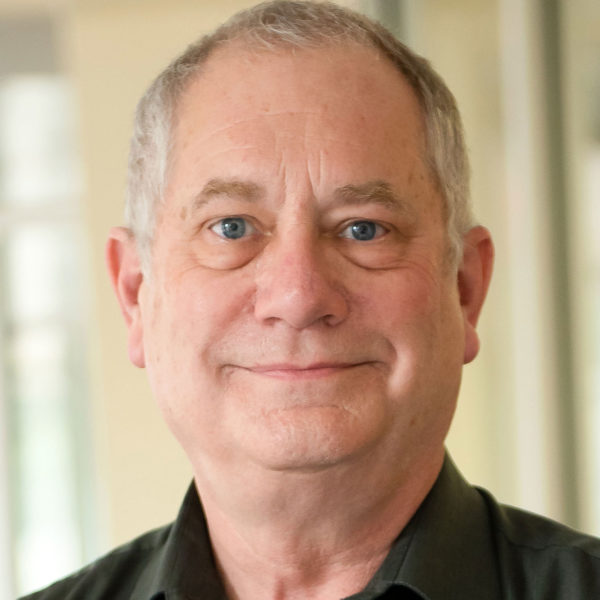
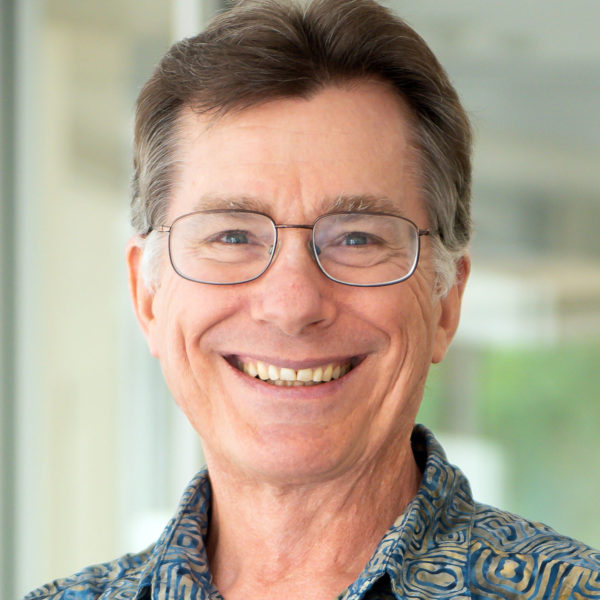
 February 8th: "Studying Stars here on Earth" , Professor Sherry Yennello
February 8th: "Studying Stars here on Earth" , Professor Sherry Yennello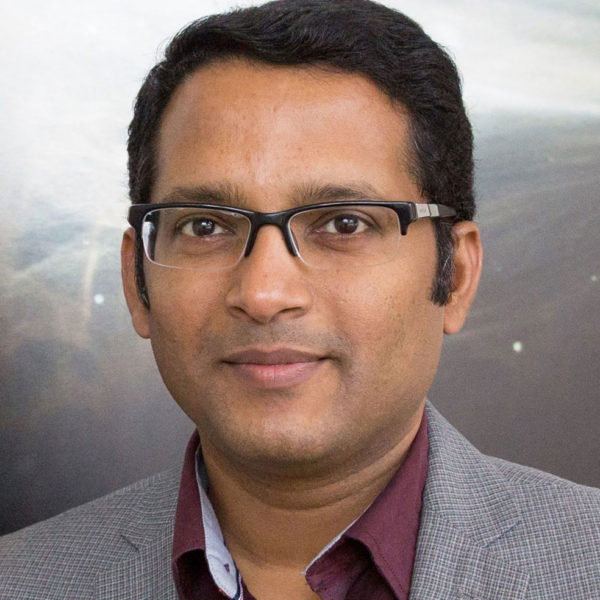 February 15th: "Searches for New Physics in Dark Matter and Neutrino Interactions", Professor Rupak Mahapatra
February 15th: "Searches for New Physics in Dark Matter and Neutrino Interactions", Professor Rupak Mahapatra February 22nd: "Relativity", Professor Ricardo Eusebi
February 22nd: "Relativity", Professor Ricardo Eusebi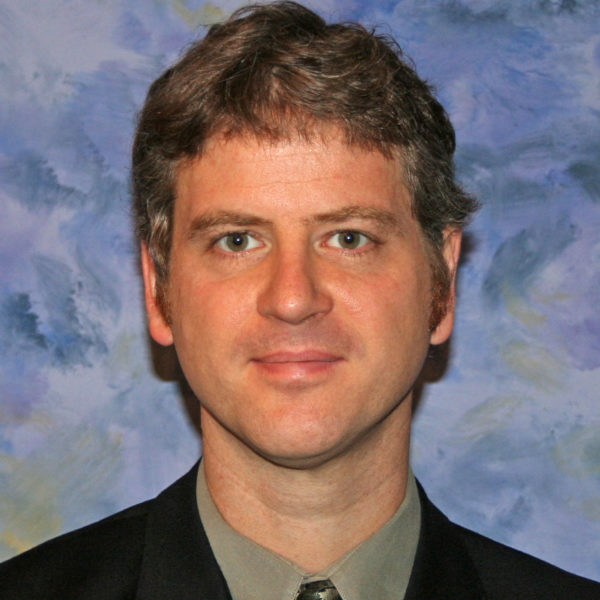 February 29th: "Molecular Motors and other Exciting Nanodevices" , Professor Winfried Teizer
February 29th: "Molecular Motors and other Exciting Nanodevices" , Professor Winfried Teizer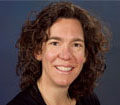 March
7th: "A Smashing Success for Nuclear Medicine Today and into the Future: Using Protons to Make Radioactive Isotopes", Dr. Eva Birnbaum
March
7th: "A Smashing Success for Nuclear Medicine Today and into the Future: Using Protons to Make Radioactive Isotopes", Dr. Eva Birnbaum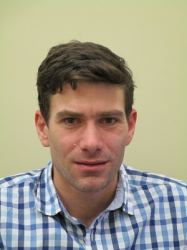
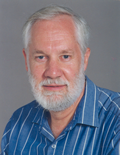 February 2nd: "How weird is the weak force?" , Professor John Hardy
February 2nd: "How weird is the weak force?" , Professor John Hardy February 9th: "Supermassive Black Holes in Nearby Galaxies", Professor Jonelle Walsh
February 9th: "Supermassive Black Holes in Nearby Galaxies", Professor Jonelle Walsh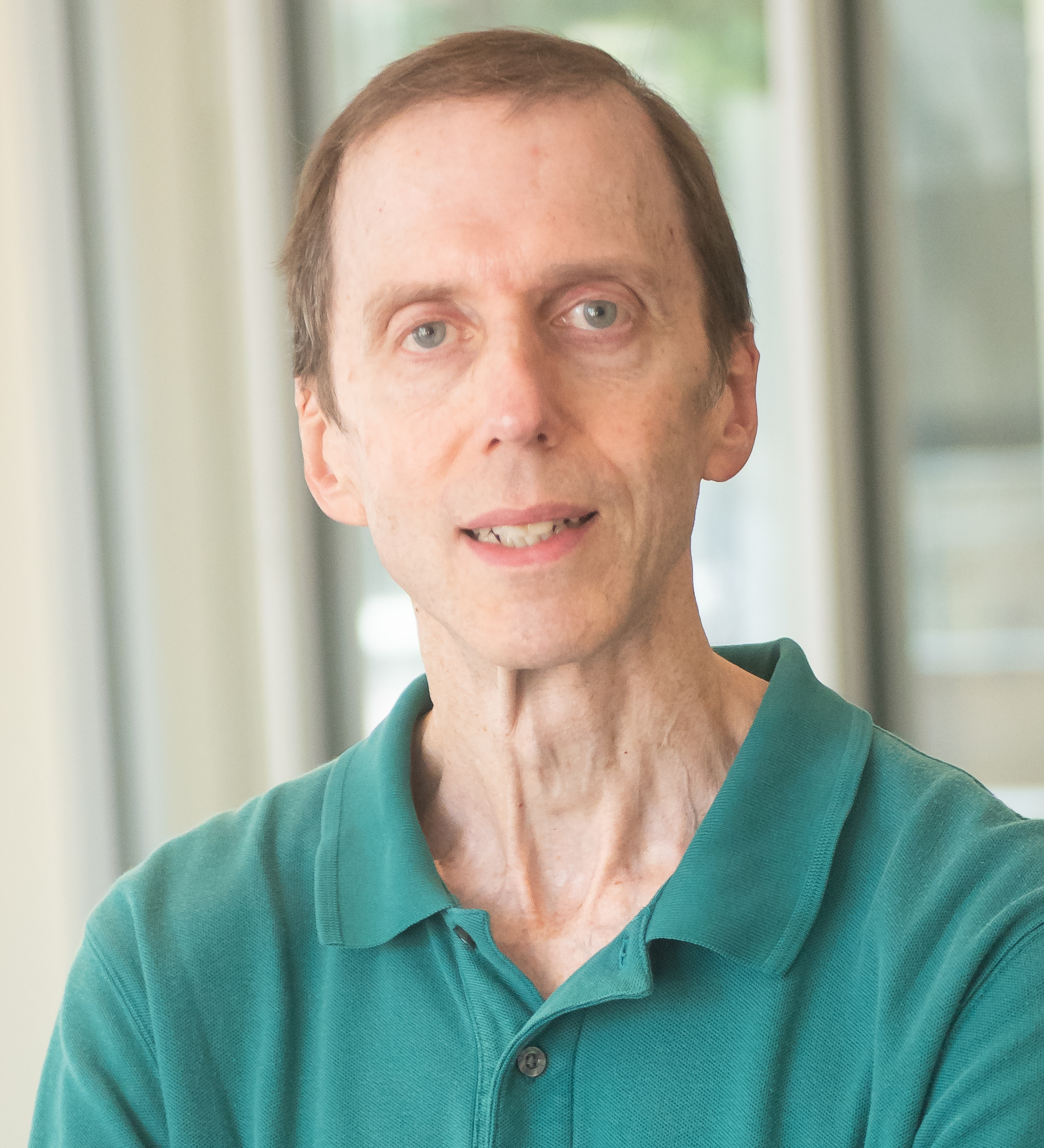 February 16th: "Physics of Devices from Solar Cells to Smart Phones", Professor Joe Ross
February 16th: "Physics of Devices from Solar Cells to Smart Phones", Professor Joe Ross February 23rd: "Quantum Weirdness" , Professor Marlan Scully
February 23rd: "Quantum Weirdness" , Professor Marlan Scully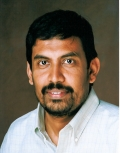 March
2nd: "Very Early Universe", Professor Bhaskar Dutta
March
2nd: "Very Early Universe", Professor Bhaskar Dutta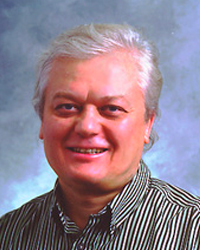
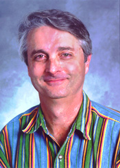 February 3rd: "Physics of Energy" , Professor Peter McIntyre
February 3rd: "Physics of Energy" , Professor Peter McIntyre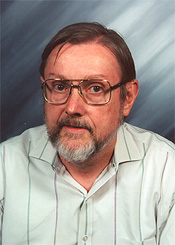 February 10th: "Life, the Universe, and everything—42 fundamental questions", Professor Suzy Lidström and Professor Roland Allen
February 10th: "Life, the Universe, and everything—42 fundamental questions", Professor Suzy Lidström and Professor Roland Allen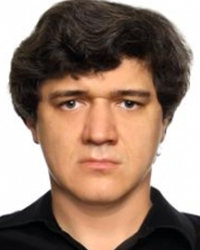 March
3rd: "Simple quantum mechanics: how to understand unaccountable", Professor Alexey Akimov
March
3rd: "Simple quantum mechanics: how to understand unaccountable", Professor Alexey Akimov
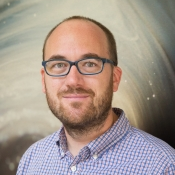 February 6th: "The Higgs Boson and Beyond" , Professor Keith Ulmer
February 6th: "The Higgs Boson and Beyond" , Professor Keith Ulmer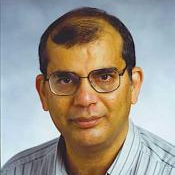 February 20th: "A Brief History of Light", Professor Suhail Zubairy
February 20th: "A Brief History of Light", Professor Suhail Zubairy  February 27th: "Optical Tweezing" , Professor Emanuala Ene
February 27th: "Optical Tweezing" , Professor Emanuala Ene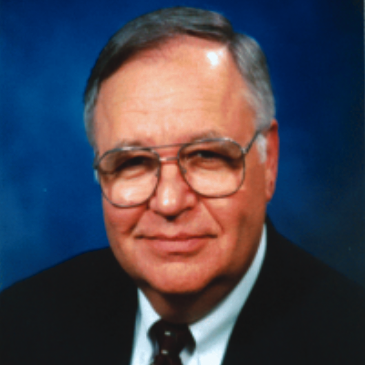 January 24th:
January 24th: 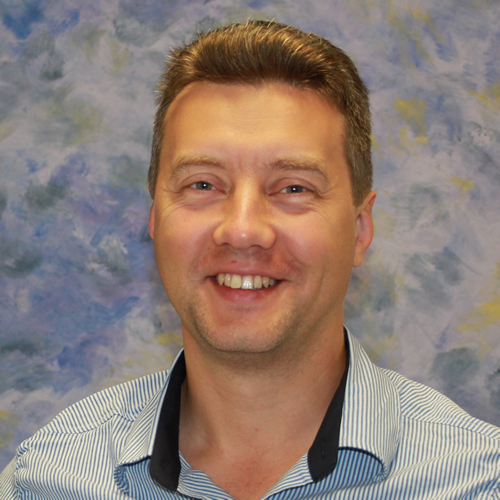 January 31st: "The origin of chemical elements in the Universe" , Professor Grigory Rogachev
January 31st: "The origin of chemical elements in the Universe" , Professor Grigory Rogachev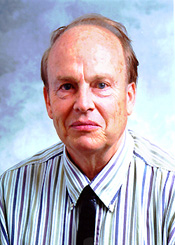 February 7th: "
February 7th: "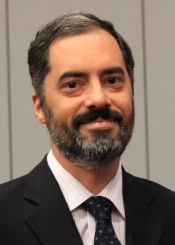 February 14th: "How to Measure the Age of the Universe", Professor Lucas Macri
February 14th: "How to Measure the Age of the Universe", Professor Lucas Macri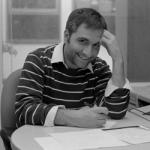 February 21st: "Searching for Dark Matter", Professor Louis Strigari
February 21st: "Searching for Dark Matter", Professor Louis Strigari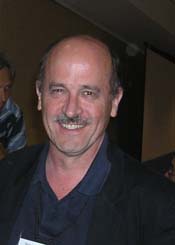 February 28th: "Unsolved Mysteries of Our Universe", Professor Nicholas Suntzeff
February 28th: "Unsolved Mysteries of Our Universe", Professor Nicholas Suntzeff 